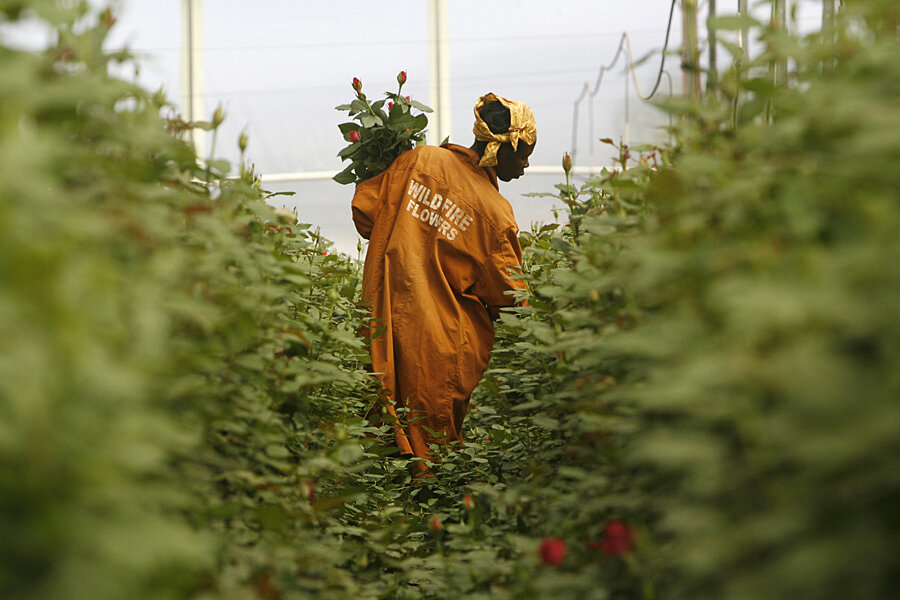How a Kenyan TV series is helping farmers improve productivity, increase income
Loading...
Shamba Shape Up (Shamba) is a television series in Kenya helping small-scale farmers give their farms a make over. It has an estimated audience of more than 11 million people, and is Kenya’s most watched agricultural television show. The series has a format similar to that of other home renovation shows—Shamba visits a new farm each week and helps give both farmers and the television audience the tools they need to improve productivity and increase income on their farms.
Shamba (Swahili for farm) is the first television program of its kind in Africa—and perhaps the world—dedicated to helping small-scale farmers learn about a variety of issues including: irrigation; animal husbandry; pest control; and, financial management.
The Shamba team is made up of veterinarians, agronomists, and crop specialists—from partner organizations including the International Fund for Agricultural Development (IFAD), and the African Agricultural Technology Foundation (AATF). The partners change each week depending on the theme of the show.
During the four days spent at the farm of the week, advice and practical improvements are made that are applicable not only to the specific farmer, but are also relevant to the broader East African audience. The CGIAR Research Program on Climate Change Agriculture and Food Security (CCAFS) stated that Shamba makes changes that are “representative of the biggest challenges faced by farmers on a daily basis.”
The fourth series of the show, which is currently underway, recently featured Harriet, the first Ugandan farmer to be featured on Shamba. Harriet, “a hard working widow with nine children," wanted to “to turn her farm into a business to support her children and see them through school.”
After hearing that Harriet wanted to turn her chicken keeping operation into a sustainable business, Dr. Moses Owino, Veterinary Officer from Kenchic (an African poultry company), is brought into help. He advises the type of chickens that are most suitable for the conditions in the Ugandan province, as well as how to take care of them. The team builds a suitable coop for the incoming, vulnerable young chicks.
At the end of the episode, Harriet is optimistic: “My future is going to very bright because I am seeing something in front of me.”
The episodes (broadcast in English and Swahili) have proved so popular that they are now being aired in Kenya, Uganda, Tanzania, and Rwanda. Viewers are prompted, at the end of episode, to message their name and address to obtain a free pamphlet on those topics covered that week.
Shamba says that their audience, which grew from 3 million to 11 million between the first and third series, are active and predominately rural: “Their average land holding is one to two acres. Almost 50 percent are women. These are the people who are going to feed this continent, if we give them the knowledge and skills to do so.”





